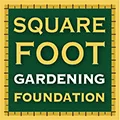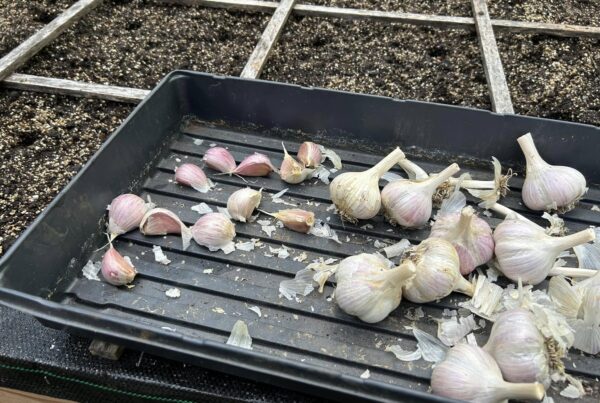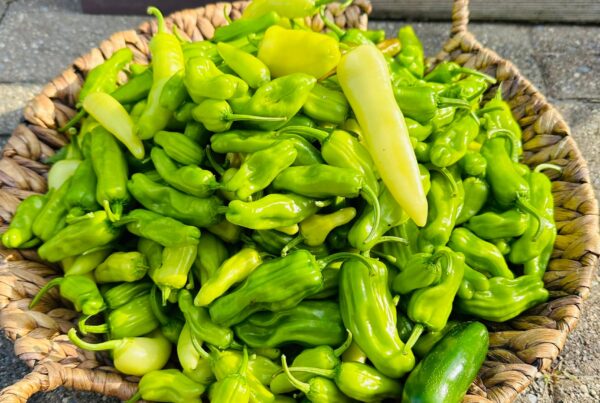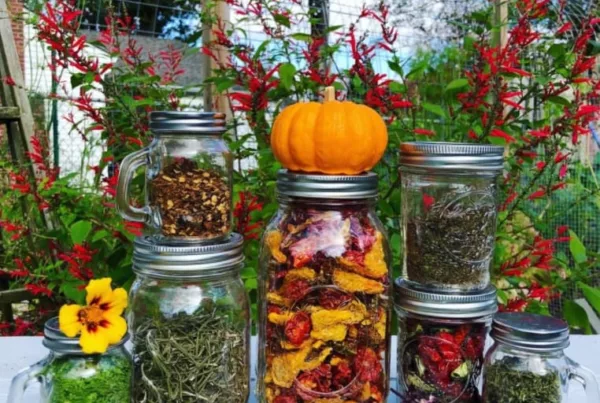Written by Chris McLaughlin
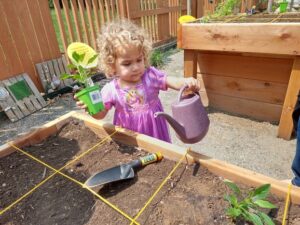
photo credits to Anchor Center
Kids and gardens are a natural partnership. The great outdoors offers room to move small bodies, breathe fresh air, dig in crumbly soil, discover bugs, lizards, and other critters. Plus, they get to use their outdoor voice!
Gardening provides built in life skills such as math, science, horticulture, and botany (STEM). There are opportunities for problem-solving, record-keeping, observation, weather monitoring, and calendar planning. Handcrafting becomes part of the experience when they help construct their Square Foot Garden bed and trellis. Harvested veggies can be brought into the kitchen for a cooking lesson. Best of all, having their own garden instills responsibility, self-sufficiency, community, accomplishment, and pride.
A kid-sized Square Foot Garden is 3 feet x 3 feet (9 squares), as opposed to the full-sized 4’ feet x 4’ feet (16 squares) bed. These dimensions make it easy for short arms to reach into and across the bed. This garden box bed is a simple build, so don’t forget to include your child in the construction (checkout the Square Foot Gardening with Kids book). The rest of the Square Foot Gardening Method remains the same.
Kid-Sized Vegetable Varieties
Many regular-sized veggies are appropriate in a kid’s garden. But the smaller versions often mature sooner and are easy for small hands to harvest. Plus, there’s the adorable factor.
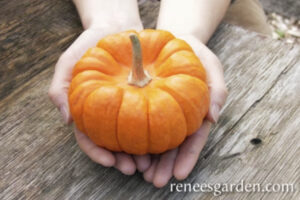
Mini Jack pumpkins (photo credits to Renee’s Garden)
Pumpkins are the hands down favorite veggie for kids to grow. Some of the best small pumpkins varieties are Jack O’ Lantern (7-10 lbs.), Mini Jack (3”-4”), Little October (3”-4”), Gooligan (4-6 ounces), Baby Boo (3”), Blaze (3 lbs.), Bumpkin (4-6 ounces), Small Sugar (10” wide), Spark (3”-4”), and Wee-Be-Little (baseball-sized).
Loose Leaf Lettuce doesn’t have miniature varieties, but they are a perfect food for kids to plant. Leaf lettuces are fast-growing plants that go from seed to table in a mere five weeks! With this lettuce type, only the outside leaves are harvested at a time, leaving the center leaves to mature for the next harvest. These are different from ‘head’ lettuces (like Iceberg) in which the entire head is harvested at once. Great leaf lettuces to try are Black Seeded Simpson, Bronze leaf, oakleaf, Red Salad Bowl, Freckles, Prizehead, Merlot, La Rossa Darky, Little Gem, Bronze Arrow, Deer Tongue, Red Sails, and Tango.
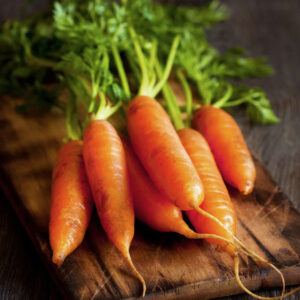
Little Finger carrot (photo credits to EdenBrothers)
Carrots are sure to bring wide eyes and big smiles. The first time kids pull a carrot from the soil, the look on their faces is priceless! Carrots come in a wide array of sizes, shapes, and surprisingly — a rainbow of colors! Some of the best small carrot varieties are Parisienne (globe, 1”-2”), Red Cored Chantenay (5”-6”), Little Finger (3”-4”), Oxheart (3”-5”), Short N’ Sweet (3”-4”), Black Nebula (5”), Kuroda (5”), and Thumbelina (globe, 1”-2”).
Tomatoes are practically fool proof for kids, especially if they plant ‘cherry’ variety types. Tomatoes, like carrots, come in a wide range of colors other than red. You’ll also find them in cream, yellow, orange, pinky, green, burgundy, purple, and nearly black. Some even have stripes! Great cherry tomato varieties are Sun Gold, Sun Sugar, Rapunzel Sweet Million, Super Sweet 100, Tiny Tim, Mirabelle Blanche, Orange Sunsugar, Italian Ice, Green Envy, Black Pearl, Black Cherry, Yellow Pear, and Juliet.
Radishes can mature quickly depending on the variety. Kids can harvest their radish crop as early as four weeks after planting seeds. This is another veggie that we commonly find in a rosy-red color. But like so many other vegetables, there’s so much more out there! Look for unusual colors such as white, yellow, pink, lavender, purple, green, and black. Check out ‘Cherry Belle’ (red, round), ‘White Icicle’ (white, 5” long), ‘Purple Plum’ (purple, round), ‘French Breakfast’ (red & white, 3”-4” long), Watermelon radish (green skin/pink flesh, 2”-4” long), Polish Zlata (yellow, round/oval), Black Spanish (black skin/white flesh, round) and Rainbow radish.
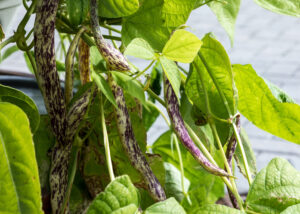
Dragon tongue beans
Bush & Pole Beans are two types of beans that each have their advantages. Bush beans grow to a compact 12”–24” inches tall and produce their bean pods all in a short period of time. Bush beans harvest is complete over the course of two to three weeks, which makes them ideal for canning or freezing because you get a big harvest each time. They usually don’t need a vertical structure for support. Pole beans, on the other hand, grow 8’ to 10’ feet tall and need to be supported by a trellis, netting, etc. The advantage of pole beans is that they continue producing for six weeks or longer. The continuous harvest makes them ideal for providing fresh beans meal after meal.
Popular bush beans include Dragon tongue (purple streaked), Maxibel, Royal Burgundy (purple pods that turn green when they are cooked), Contender, Tendercrop, and Goldenwax (yellow). Some reliable Pole bean varieties are Kentucky Wonder, Blue Lake Stringless, Rattlesnake (red streaks), Romano Italian, and Provider.
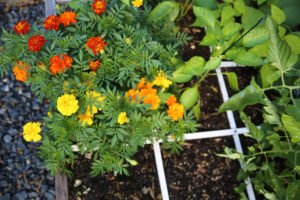
Marigold flowers
Flowers make perfect companions for vegetables in a Square Foot Garden. Marigolds are a favorite because they are fast growers. Look for Court Jester, Harmony, and Lemon Drop. Kids love the smaller sunflower varieties such as Elf, Firecracker, and Teddy Bear. Zinnias have a long blooming season and varieties like Thumbelina and Liliput are always a hit as the blooms just keep coming all summer long.
